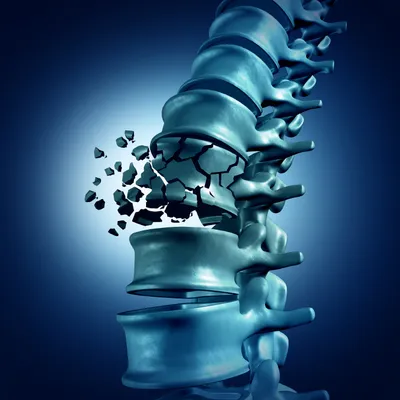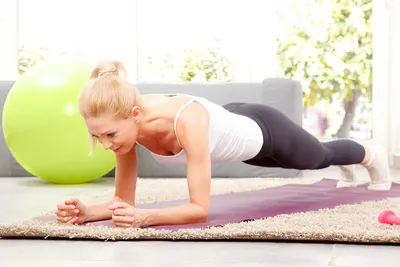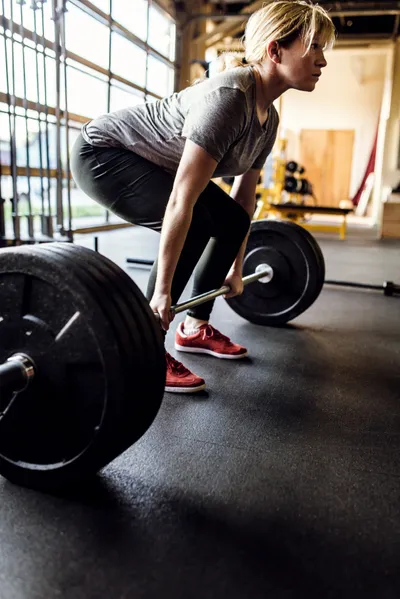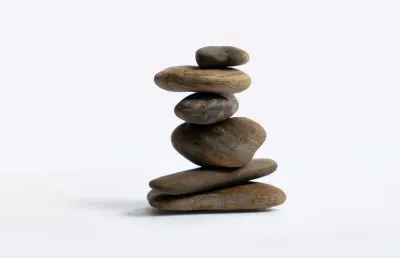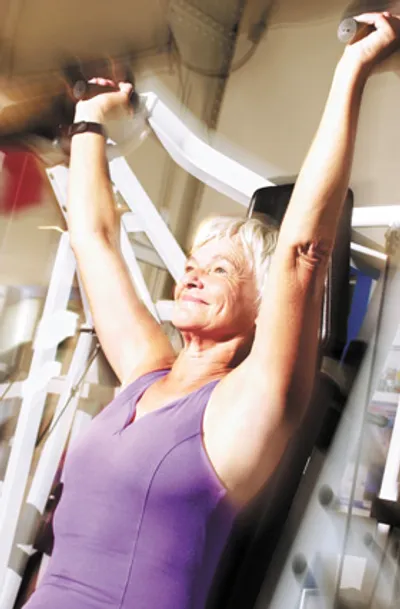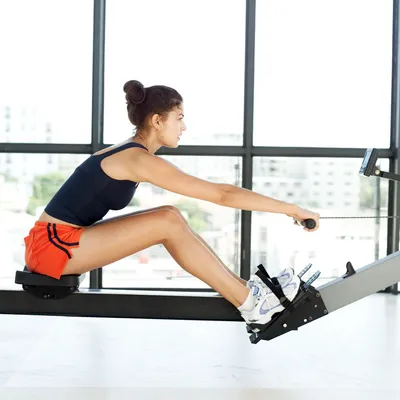What Is Known About OsteoporosisHealthy Steps: Osteoporosis—First StepsHealthy Steps: Osteoporosis—Full ProgramPreventing OsteoporosisFrom Dr. Deborah’s Desk “It wasn’t even a bad fall, but my wrist just snapped!” The only good news in that pronouncement was that it was her wrist and not her hip. My new patient, Edith, came to see if there were natural solutions […]
While “any exercise” is better than none, there is a world of difference when it comes to the benefits derived from different types of exercise.
Sad truth about most exercise resolutions: they’re temporary. The most important choice about an exercise program is finding one that gives enough reward to make it stick, which usually means finding one that is actually enjoyable.
Admittedly this sounds like a cheesy sci-fi term, but it’s your inflammasome that you can alter with diet or exercise, and thereby reduce inflammation in your body overall. Since inflammation is associated or known to be causal with almost any chronic illness, reducing inflammation is a great thing.
(Welcome back to guest blogger, Anna Rose-McComb, who has a message for us all.)
The last part of my series addresses the fitness questions and challenges for those who are metabolically healthy, who even carry the right amount of body weight, but want to know what nutritional steps they can take to optimize their performance.
What perfect timing! Just as Americans are heading to the beaches and mountains for some added exercise and recreation, the press headlines let us know: we are indeed exercising more, as we’ve been told to do, but unfortunately, we are no thinner for it. Our poundage is expanding despite the increased exercise!
News story in the headlines this week: concurrent with our ever increasing national waistline, we are indeed following the conventional medical advice.
What is your level of fitness? Consider your mental, physical, emotional, and even spiritual health – how fit are you? My training did not actually focus on “health” until I first studied Classical Homeopathy over 20 years ago. I realized it was a concept lacking from my professional medical education and found it interesting to consider: how does one define health?
If you received last month’s newsletter, you might have noticed a tiny sentence, tucked at the top, suggesting that exercise is not particularly useful for weight loss, a statement that had many folks scratching their heads and wondering about the role of exercise in a healthy lifestyle.
Throughout the Northern Hemisphere, people who love to row are renewing their annual winter friendship with the rowing machine, known as the ergometer (ur-GAW-muh-tur) or more affectionately as just the erg.
On a recent Tuesday night, I had to go down into the basement – a dark and dingy combination of crawl space and failed fall out shelter – to get my fluffy comforter and an extra sheet to guard my outdoor tomatoes against that night’s frosty threat.Our house is nicely shaded throughout the summer, keeping our rooms delectably cool on hot nights. Now the shade is already a hindrance – our leather couch cannot be enjoyed without a throw across my lap.
It was the last leg of the race. The finish line, with all the rest and reprieve it had to offer, was minutes away. My body felt tired, my muscles exhausted from the last 49 miles and hours of sweat and adrenaline.
Kristin and I used to run together at least once a week. It started when we both fought fire, and we ran or worked out together every day. That summer we ran in the rain, water sloshing into our mesh running shoes.
It was not long ago – Medical School, late 1970’s – that medical students were expected to enjoy their lunchtime run, but no concrete scientific evidence confirmed any health benefits to exercise. In fact, a physician once herded students from the stairs to the elevator claiming that one’s lifetime heartbeats are limited, and one should not waste them on exercise. Since then, the world has changed.
Meditation classes are thriving, even usurping time from once athletic yoga classes. Meditation is widely acknowledged as a stress reduction technique, and has also been associated with reduced blood pressure and improvements in other physical measures of illness.


